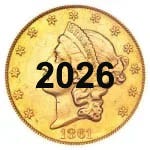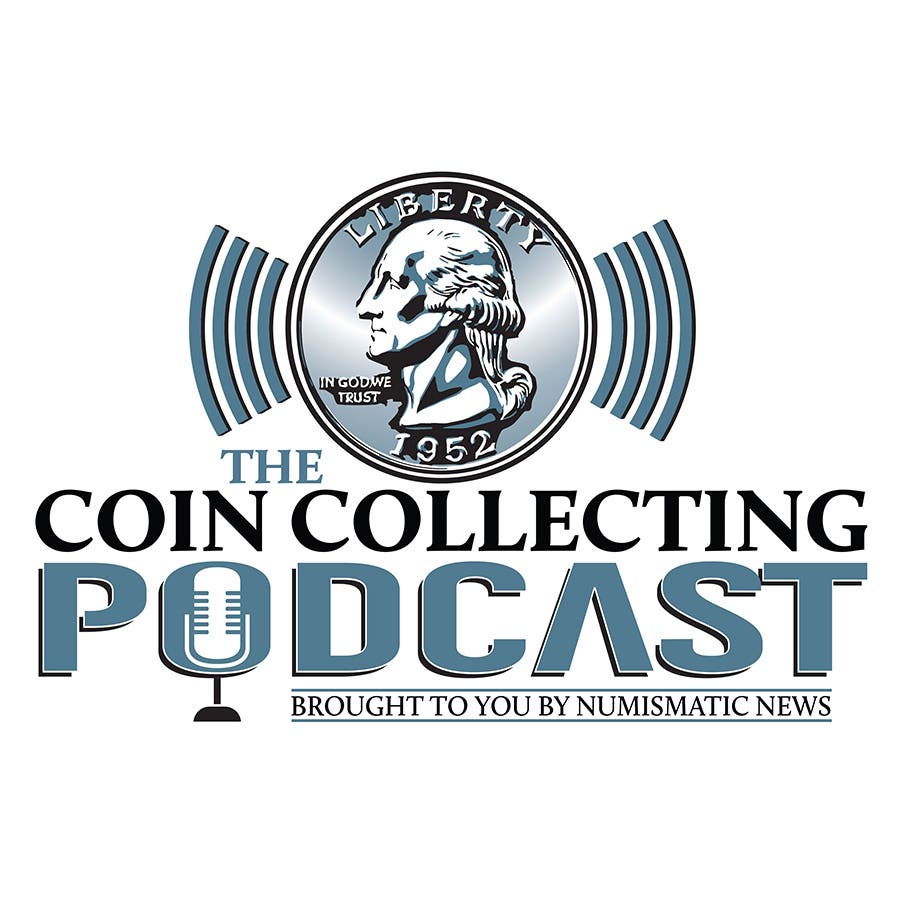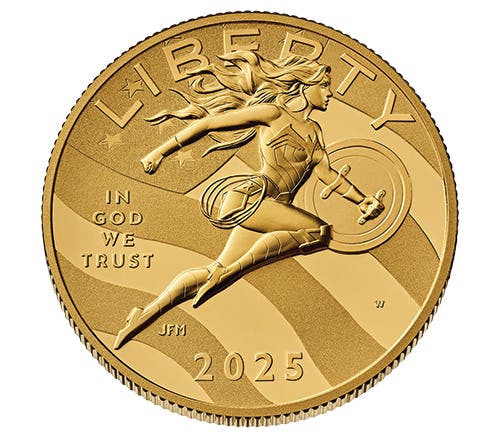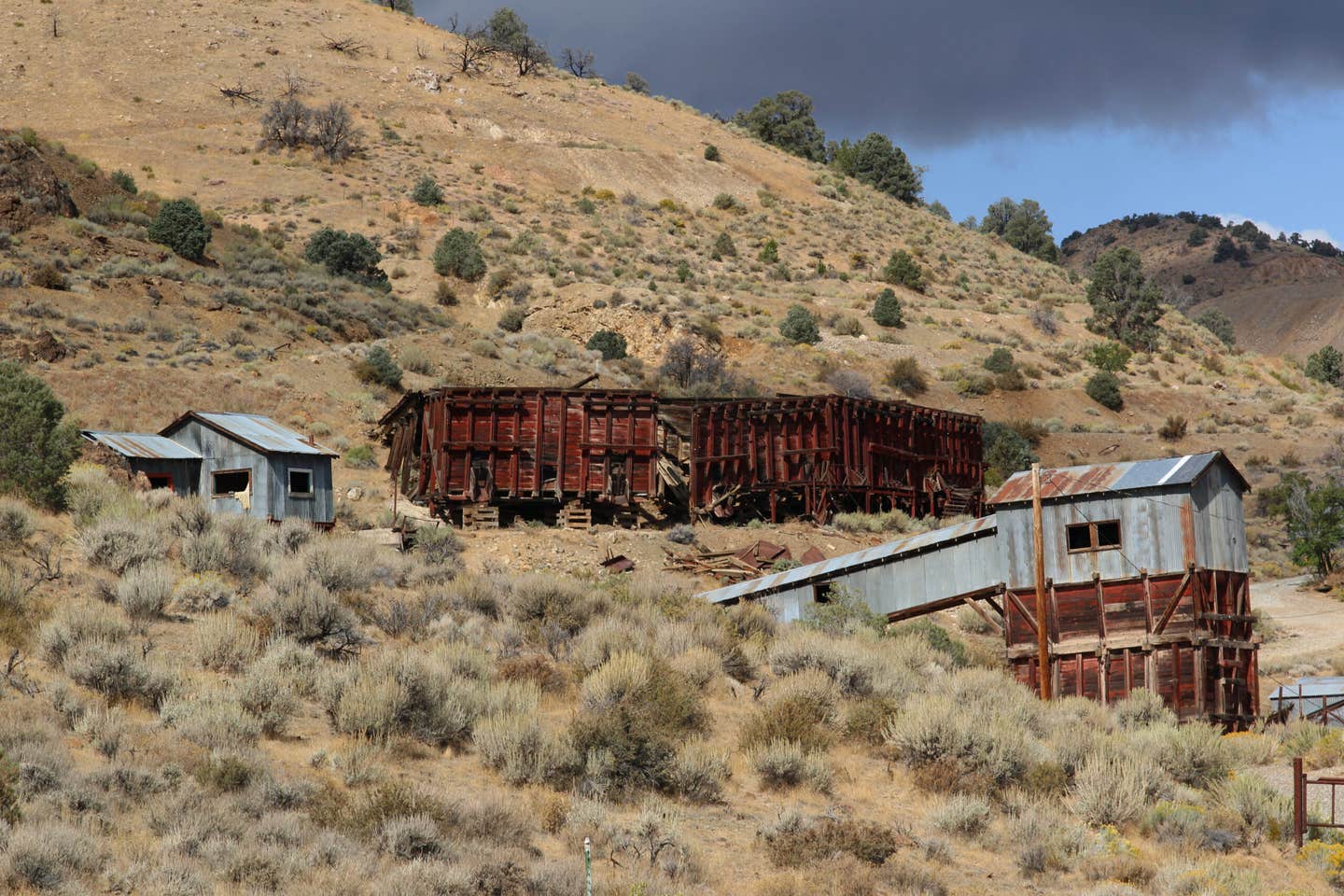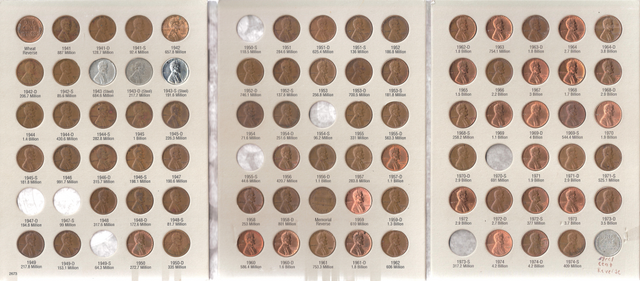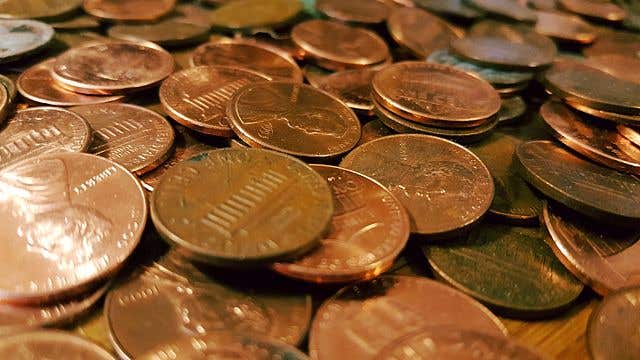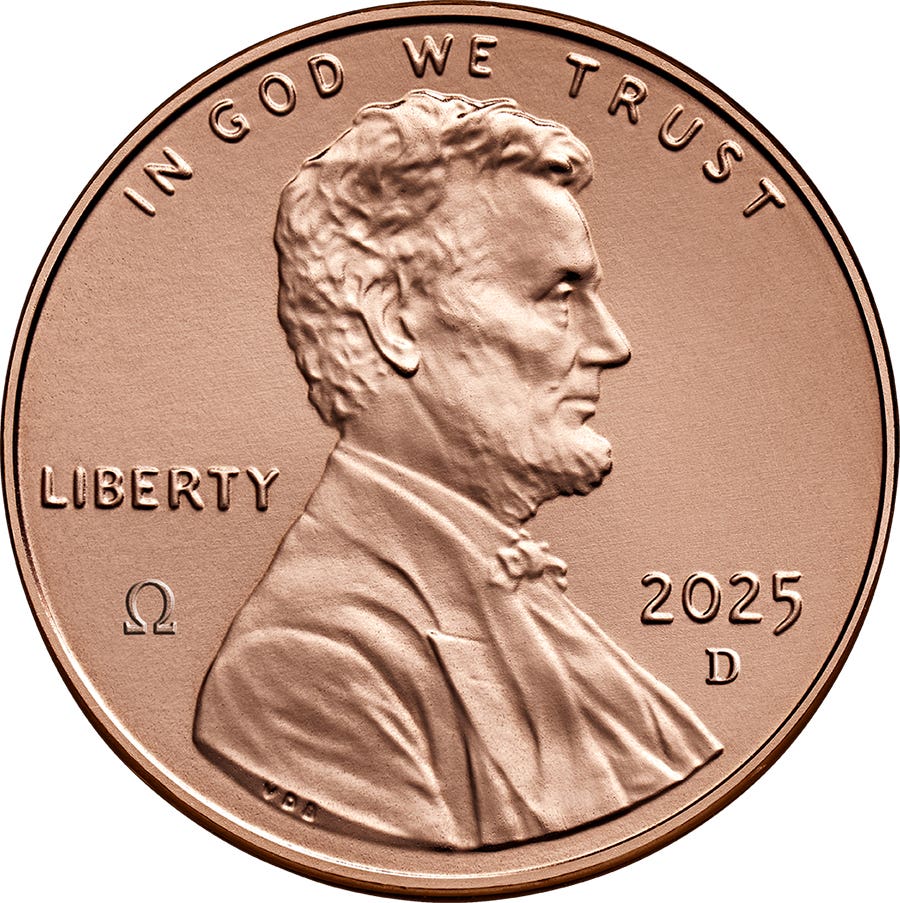Preserving Coin and Bullion Sales Tax Exemptions
A closer look at the ongoing efforts to maintain sales tax exemptions on coins and bullion across the United States, ensuring collectors and investors continue to benefit from tax-free transactions.
Through diligent efforts of many people across the country, as of January 1, 2025 there will be five states that have no state sales tax, 39 states that have adopted legislation for complete or partial sales tax exemptions on the retail sales of precious metals bullion, coins, and or currency, one state (Nevada) that has a limited exemption, and the state of Kentucky enacted into law a bullion, coin, and currency sales tax exemption that was to take effect on August 1, 2024—except that state’s governor claims he had the authority to veto that legislation and instructed the tax agency to continue collecting such taxes while the courts resolve the issue.
Assuming the Kentucky court case is resolved in favor of collectors and investors, that will mean that only the states of Hawaii, Maine, New Mexico, and Vermont plus the District of Columbia have no sales tax relief on bullion, coin, and currency sales as of January 1, 2025.
However, once such a sales tax exemption is enacted, collectors cannot let down their guards. In the 1990s, the states of Colorado, Florida, and Louisiana revoked their exemptions, requiring major efforts taking up to three years to get them re-established.
In 2005, a political scandal in Ohio involving a coin dealer led to the revocation of that state’s exemption. It took almost ten years to regain the exemption, which was eliminated within two years, perhaps inadvertently. It once again took at least two years to get back this exemption.
In 2016, when oil and gas prices were low, the states of Louisiana, Oklahoma, and Texas experienced significant reductions in the collection of extraction taxes. In response, Louisiana suspended over 200 sales tax exemptions and tax credits for 27 months. During the suspension period, a State Senate committee held hearings on each of these exemptions and credits to judge whether they should resume at the end of the suspension, if they should be altered at the end of the exemption, or if they should be permanently eliminated.
In my testimony to this Louisiana State Senate committee about the bullion and coin sales tax exemption, I explained that the loss of industry in-state jobs would result in an even greater loss of tax collections because of the suspension of this exemption. The chair of the committee objected to my testimony, where he specifically attacked what I shared in the following day’s issue of the New Orleans Times-Picayune. When the legislators found out that my forecast of even lower industry tax collections understated the loss of jobs and tax collections, this committee chair was one of three legislators that led the effort to re-establish a bullion and coin sales tax exemption in 2017, one of only four exemptions or credits that were renewed ahead of schedule.
Over the years, there have been legislative proposals to revoke bullion and coin exemptions in the states of Colorado, Illinois, Michigan (twice), Minnesota, Pennsylvania, South Carolina, and Washington. Each time, the National Coin & Bullion Association, with my involvement, presented information to preserve the exemptions.
Further, some of these bullion, coin, and currency sales tax exemptions were enacted in states that have sunset provisions. That means that they need to be specifically renewed by the legislature or they will lapse. When California’s exemption came up for renewal, the sunset provision was eliminated. The states of Alabama and Virginia have successfully been renewed before the sunset kicked in—where the coverage of Virginia’s exemption was expanded at the same time.
Although there are no sunset provisions, the states of Colorado and Washington require periodic reviews of each tax exemption and credit (called “tax preferences” in bureaucrat-speak). Washington’s exemption was last reviewed this year. Despite an inflated calculation of how much sales tax and business and occupations tax collections that state “lost” because of the exemptions, the legislature took no actions to revoke the exemptions.
In the world of politics, nothing can be assumed to be permanent. This year, for example, the Nevada exemption on precious metals bullion that was established by regulation rather than legislation was planned to be eliminated by regulatory action. Quick action by a Nevada coin dealer resulted in a deferral of the elimination until the legislature could review the issue. Now there is a developing 2025 effort to seek a legislative exemption in that state which would expand the extremely limited coin exemption (currently only coins that sell for no more than 50% above face value are exempt from Nevada sales tax) and preserve the bullion exemption.
Should Kentucky’s exemption go into effect, that would mean over 97% of the US population would enjoy a complete or partial sales tax exemption on retail purchases of precious metals bullion, coins, and currency.
Beyond the effort in Nevada, plans are beginning in New Mexico to seek a similar sales tax exemption in that state in 2025. As much as gaining exemptions is coming close to covering the entire country, there will never be a time when the risk of revocation of an existing exemption will be zero. Consequently, it is incumbent on both collectors and coin dealers to support the continuing efforts of the National Coin & Bullion Association to preserve the exemptions that already exist. Collectors and non-commercial numismatic organizations can join the NCBA’s Concerned Collectors Coalition at no charge to stay informed on developments.
Last week’s numismatic trivia question.
Last time, I asked—"Which US state, when it was formerly an independent nation, issued scrip to pay its naval personnel?" When Texas was an independent nation from 1836-1845, it had its own navy of as many as eight ships. In the spring of 1841, the legislature did not come up with appropriations for the Texian Navy before that department’s funds were exhausted. To pay personnel, it issued $25.00 and $50.00 scrip that would be redeemed when the appropriation came through, which occurred soon thereafter.
This week’s trivia question
Here is this week’s question. Which three banks in the 1830s issued paper money for Toledo, Michigan? Come back next week for the answer.
You may also like:


